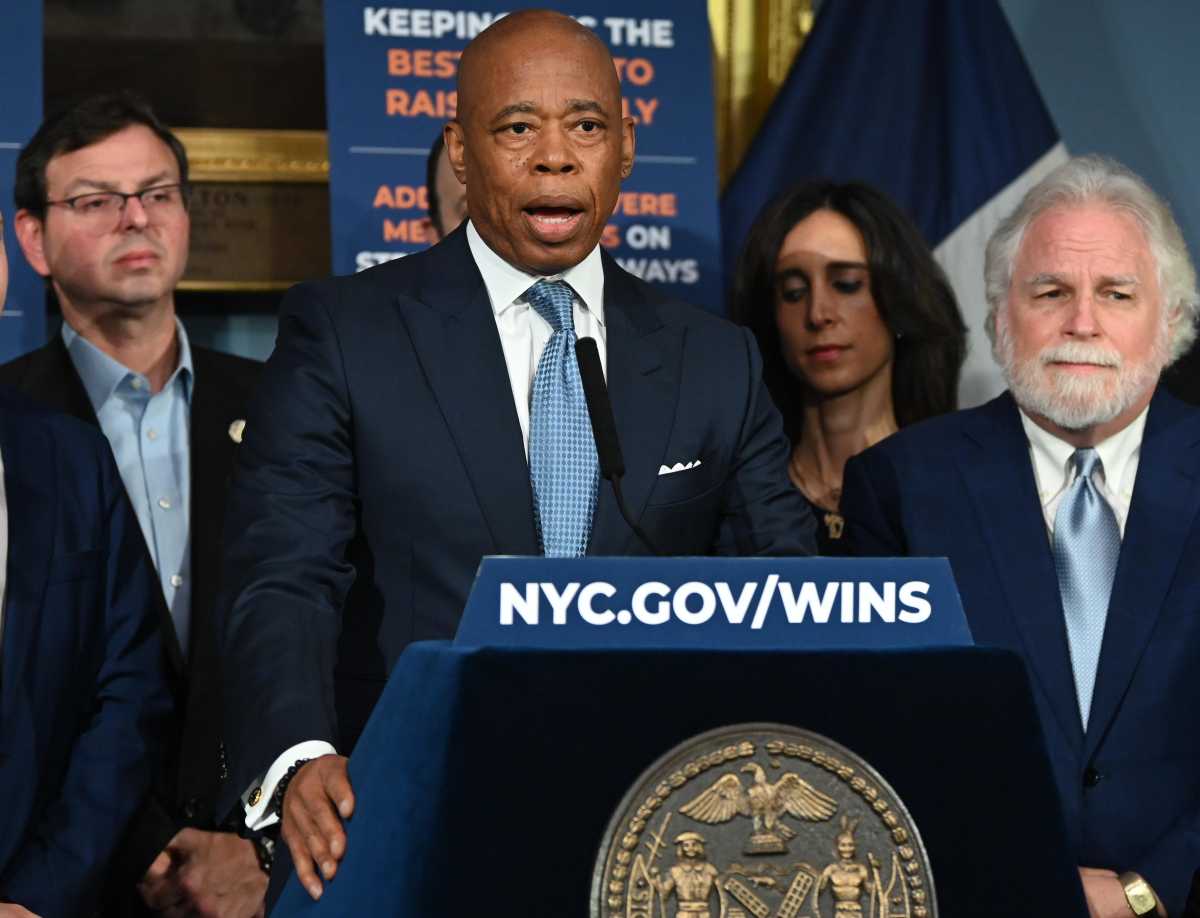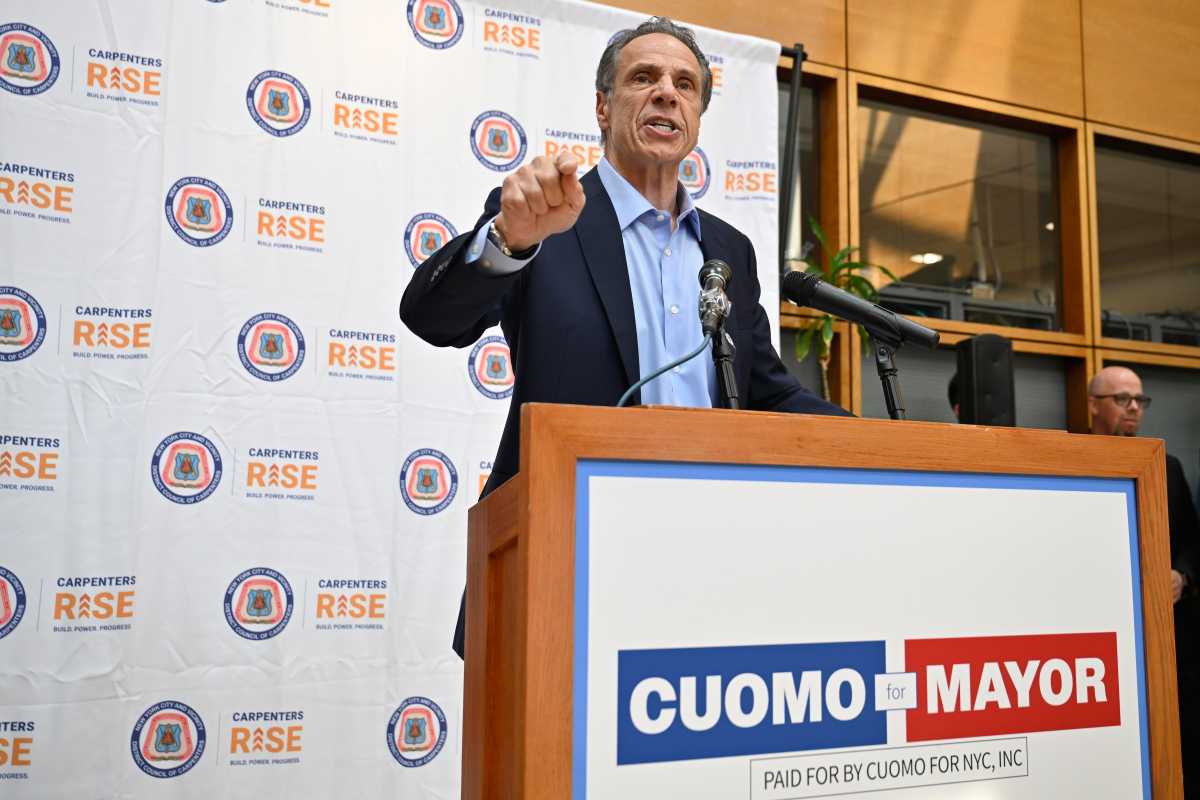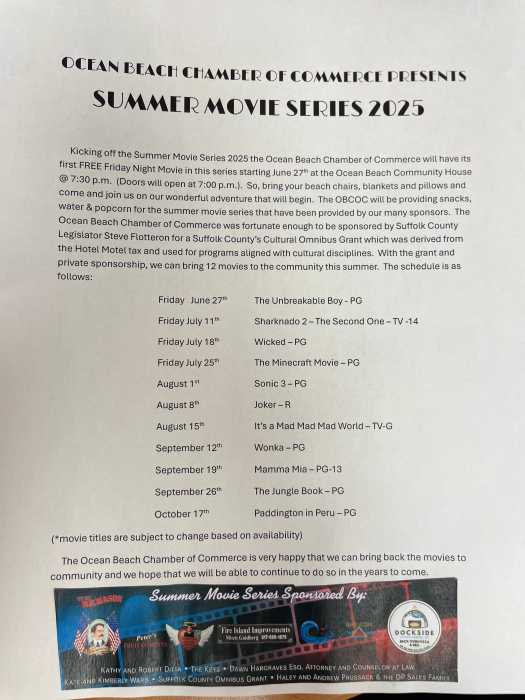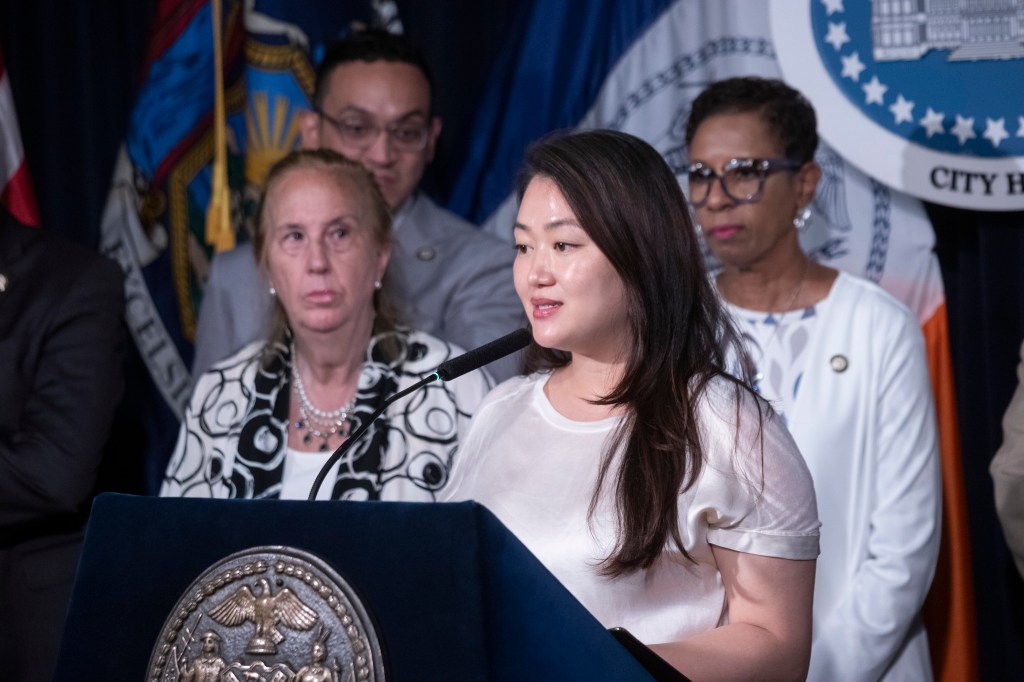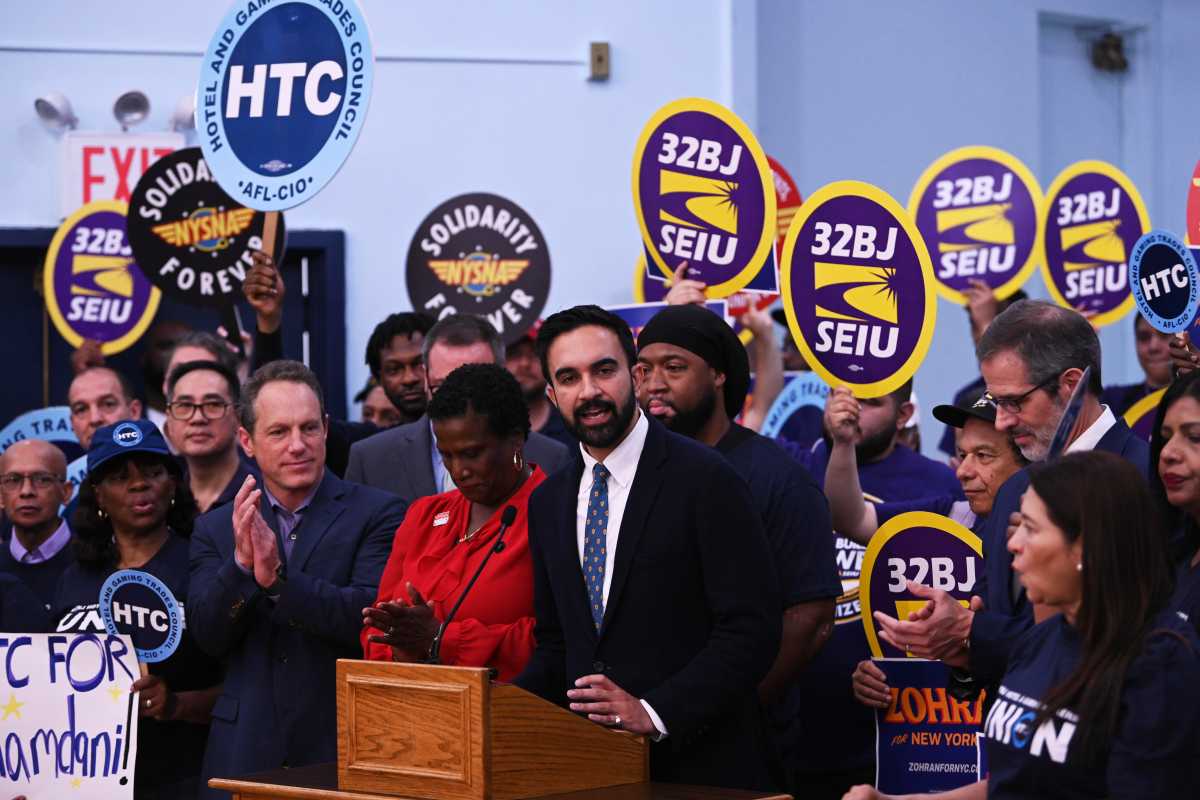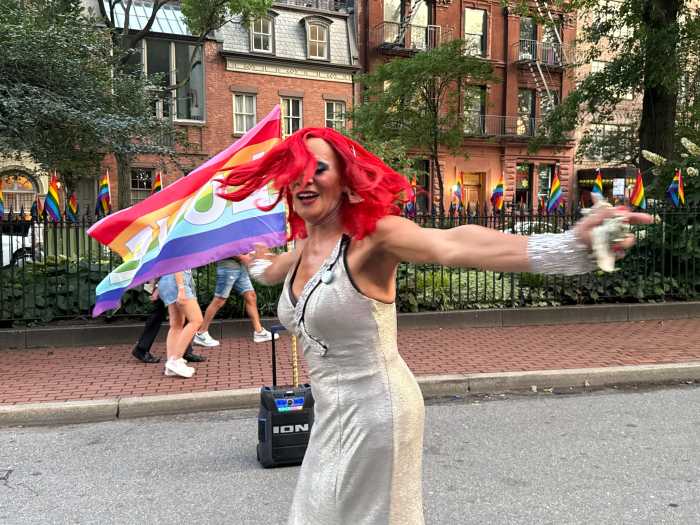Happy nations have horribly high suicide rates.
The boggling data is the centerpiece of a new study entitled “Dark Contrasts: The Paradox of High Rates of Suicide in Happy Places,” which shows that countries with some of the highest levels of satisfaction, wellness and productivity on the planet — such as Canada, the United States, Iceland and Switzerland — are also some of the most despondent.
The research comes on the heels of the fatal tragedies of 22-year-old Brooklyn political aide Hope Reichbach, who died from an alleged overdose of prescription drugs last week; Connecticut cop, Sgt. Leonard Kulas, 49, whose death from a self-inflicted gunshot wound to the head a week earlier was ruled a suicide; and Cory Bercume, 21, a hockey player at the State University of New York at Canton, who took his own life by slashing his wrists and stabbing himself in the chest after setting his bed on fire last month.
Suicide claims the lives of nearly 30,000 Americans every year, according to Save Awareness Voices of Education, a group which strives to prevent self-slaughter through public awareness and education.
The likelihood must be higher, though, because tracking the silent killer is near impossible. Many cases remain undetermined, and how can we know without a suicide note if the death was intentional or accidental?
The group cites plenty of jaw-droppers: suicide is the third leading cause of death for young people 15–24 years old, the 11th leading cause of death in the nation (homicide is the 15th), and springtime has the highest rates of people wanting to call it quits forever.
The health care industry hasn’t done enough to address this dirtiest of laundries, whose implications have haunted mankind since the beginning of time.
Other fatalities are justifiable because they are not self-inflicted: the person killed by a stray bullet is at the wrong place at the wrong time, while the chronically-ill patient has been diagnosed to die.
Anyone touched by the suicide of a loved one knows only too well the shock, anger, shame, sadness and regret involved.
They are assailed by self-doubt: “How could I have not seen it coming?” “What could I have done to prevent it?” “Why?”
The good news is that we have a confidential, suicide-prevention hotline here called The Samaritans of New York, manned by volunteer “befrienders” who are trained to listen and intervene in a crisis — 24 hours a day, 365 days a year.
The group is a branch of a British suicide-prevention network called just “Samaritans,” which labors to cast a healing web over tormented souls from hundreds of centers in dozens of countries around the world — 24 hours-a-day, 365-days-a-year.
As a former Samaritan volunteer, I know, first-hand, the road traveled by callers and “befrienders” as one tries to help the other transform a potentially fatal moment into a less destructive one.
Close to 30 years ago, a worldwide awareness and prevention campaign was launched about the threat posed by another taboo topic of the time, AIDS. Suicide requires like-minded focus because far from being a skeleton in our closet, this silent killer is a grim fact of life. One that’s always on the rise, too.
[The Samaritans of New York, (212) 673-3000].


